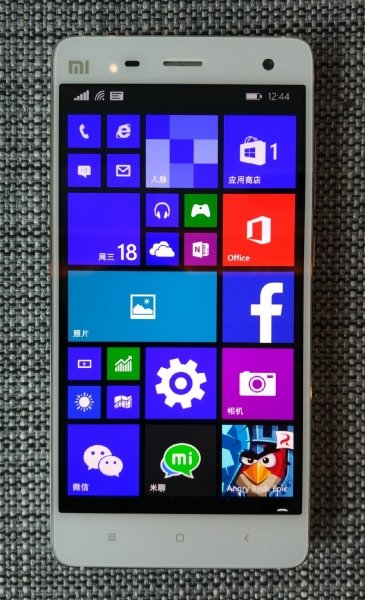Windows 10 will support screen sizes from 3 inches all the way up to 7.99 inches, which may be an indicator that we'll be seeing a few Windows Phone phablets later this year. Resolution-wise, Windows 10 will support beyond-FHD displays, with QSXGA (2560 x 2048), WXQGA (2560 x 1600) and QWXGA (2048 x 1140) listed, suggesting we may also see Windows Phones with higher resolutions displays in 2015.
The hardware requirements mention that for QSXGA displays, memory of 4GB or greater is required, while 3GB (or more) is quoted for WXQGA and QWXGA. For full-HD displays, 2GB RAM is mentioned as mandatory, with 720p, qHD (960 x 540), WXGA (1366 x 768) and WSVGA (1024 x 600) displays need to feature at least 1GB RAM. For lower-resolutions such as WVGA (800 x 480) and FWVGA (854 x 480), 512MB is the minimum amount of RAM needed.
Microsoft has also announced support for several new SoCs with Windows 10, including Qualcomm's high-end Snapdragon 810, which offers an octa-core CPU paired with an Adreno 430 GPU and LTE Category 9 connectivity. Also included are the hexa-core Snapdragon 808, the Snapdragon 615, the Snapdragon 210 and Snapdragon 208 (a 3G-only version of the 210).
New hardware from Intel include the 14nm Cherry Trail-based Atom processors, as well as the upcoming Skylake architecture for desktops. The entry-level Atom x3 which was announced at Mobile World Congress in Barcelona last month will also be compatible with Windows 10. AMD's processor additions are in the form of the Carrizo and Carrizo-L, which are aimed at desktops and notebooks respectively.


